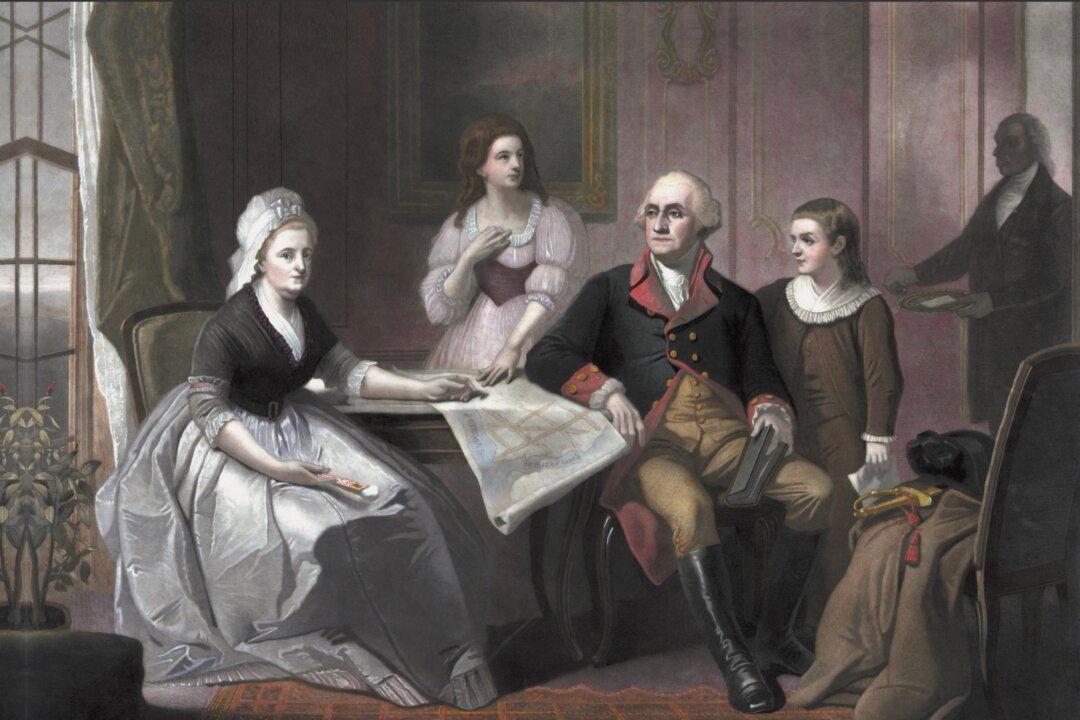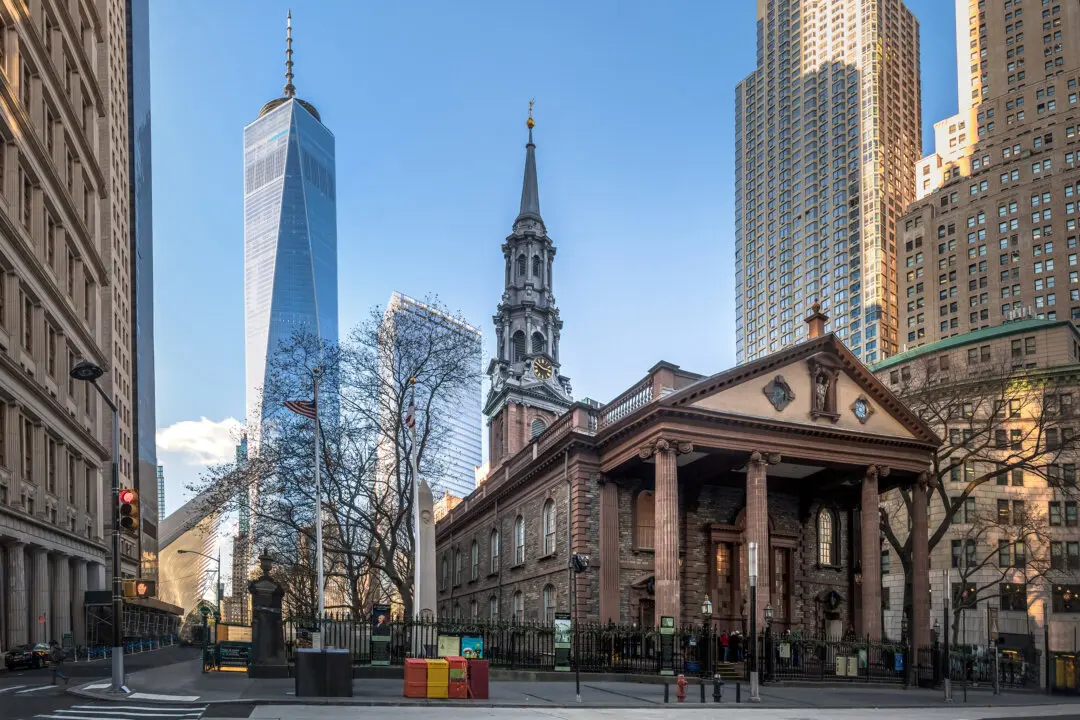Streets, parks, towns, and cities are named for her husband, but Martha Washington’s grace and tenacity are also worthy of remembrance.
Not much is known about the country’s first “first lady,” even from her own correspondence. She burned most of the letters between her and her husband, George, soon after he died. But the few remaining words he wrote to her, and the letters penned by other family members and friends, speak of Martha Dandridge Custis Washington as a devoted wife and mother, gracious hostess, and tireless manager of hearth and home.Becoming a first lady has been referred to as the country’s second toughest job. Perhaps just as a pastor’s wife is inspected under a magnifying glass, a first lady endures the same fate—if not more intense scrutiny. And it is essentially a thankless and lonely job. Martha was the first to endure the unofficial position, but she fulfilled her duty and set the stage for the other wives who would follow.





